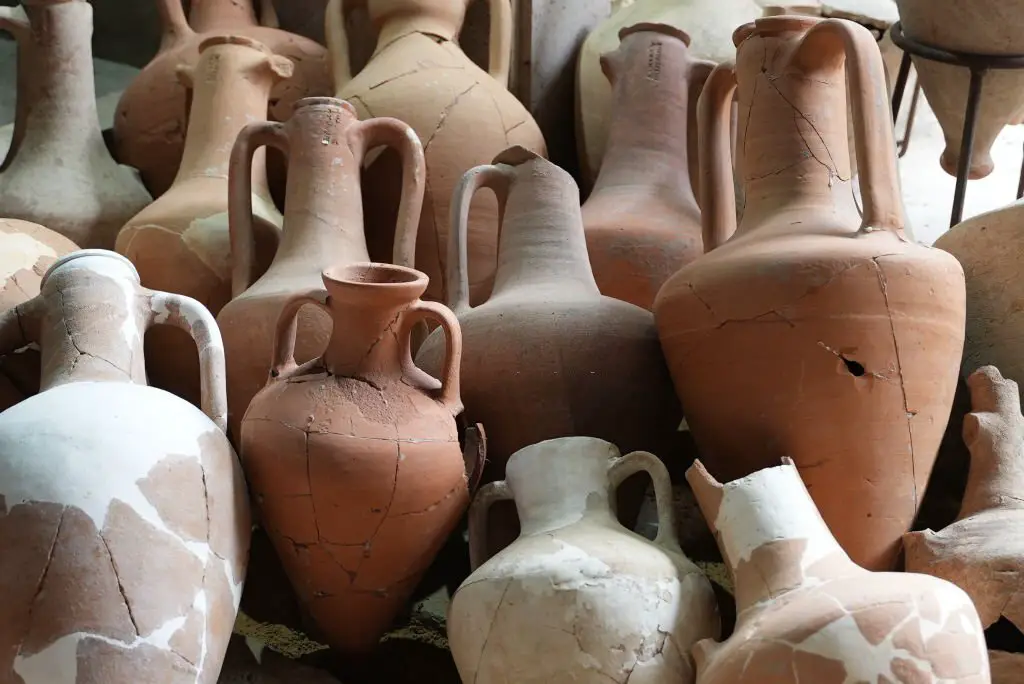The Origins of Italian Wine
Italy is one of the largest wine producers in the world. This incredible quantity of wine, exported and consumed worldwide, comes from almost three thousand years of tradition, experimentation, and research.
The oldest reference to wine found in history is in the 6th century BC, in Campania, where the technique was to grow the vines like a liana. This changed when the Greeks came to the Campania region and formed colonies. They lent their own method of treating the vine like a shrub instead.
The Greeks also influenced the Italian dining traditions, by introducing wine to almost every meal. This way, wine became a product of normal consumption and steered away from being the beverage of the elites, the rich, and generally those in positions of power.
The wine was stored in terracotta amphorae, the “dolia”, closed by “pittacium” on which the area of origin of the grapes and the year of harvest were written.

In the Roman era, the vines were further domesticated by the use of poles and annual pruning. This brought the winemaking process to an all-time high, where sculptures and other objects around Pompeii and Herculaneum further reinforce this idea.
The Romans contributed a lot to the history of wine. They made the first shops in existence dedicated exclusively to selling wine. These shops were called “Taberna”.
Around the same time, the Romans changed the storage method for wine, from amphorae to using barrels instead. This is also when the concept of aging wine was introduced. They also started using glass bottles to facilitate the transportation and selling of wine to regular folk.
This is a good time to talk about the taste of the wine back then, because it was a substance much stronger, bitter, and denser, so much so that it was very common to add water and honey to it to make it drinkable.
With the fall of the Roman empire, wine entered a dark age. With the spread of Islam in the Mediterranean, vine cultivation dedicated to wine was banned, as it wasn’t allowed in the religion.
However, Christian and Jewish communities continued the production of wine in a clandestine way, to use it for religious ceremonies and rituals. This is also the reason why many wines today have names and history tied closely to monasteries.
After Europe entered the new era of cross-continental trading, wine popularity started to rise up again. The reason for this is very simple; since there were so many new products on the market such as coffee, tea, and chocolate, winemakers had to compete. And so, they started to invest time and money into researching new ways of creating and storing wine, such as the use of a glass bottle with a darker tint and the use of corks to seal them properly.
Nowadays wine in Italy has come a long way, with many families and businesses all over the country maintaining the tradition and continuously innovating their products, to be sold to the whole world.








